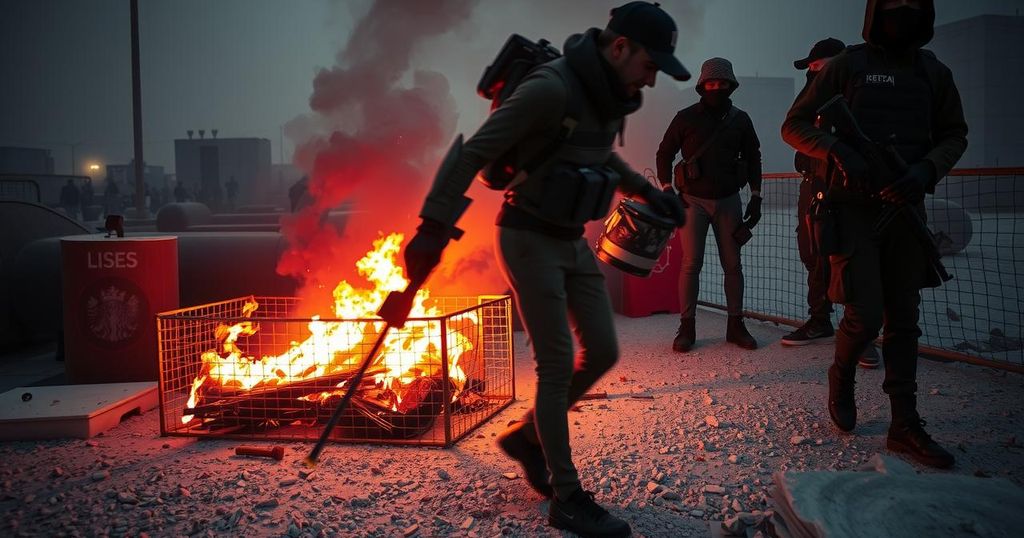The Transformative Impact of the Syrian Crisis on Regional Power Dynamics

The fall of Bashar al-Assad’s authority in Syria represents a significant shift in the region, with rebel forces gaining strength amid the distraction of key allies, Russia and Iran. The ongoing conflict reveals critical changes in power dynamics and alliances, as external powers grapple with their own conflicts.
The situation in Syria has deteriorated dramatically, challenging Bashar al-Assad’s leadership as rebel forces gain ground. Despite his long-standing rule, the Assad regime now exhibits dwindling authority, evidenced by recent attacks in Damascus. Russia and Iran, key allies of Assad, suffer significant setbacks as their investment in supporting his regime appears increasingly futile. The rise of the Hayat Tahrir al-Sham rebel group reflects a crucial shift in power dynamics within the region, further destabilizing an already volatile Middle East.
Russia’s historical alignment with Syria has provided it with strategic military footholds, including naval and air bases vital for regional influence. However, as Russia is engrossed in its ongoing conflict with Ukraine, it is unable to effectively intervene in Syrian affairs. Concurrently, Iran’s focus has shifted towards its adversarial relationship with Israel, leaving Assad vulnerable. A recent aggressive move by Hayat Tahrir al-Sham encapsulated this shift, signaling a potential reconfiguration of alliances and power structures in the Middle East.
The chaos in Syria has been ongoing since 2011, when initial protests against the Assad regime sparked a brutal military crackdown and subsequent civil war. Bashar al-Assad, taking over from his father, has faced numerous challenges to his authority within the country. The allies of the Assad regime, specifically Russia and Iran, have invested significant resources to maintain his power, but recent developments may significantly alter their strategic landscapes. Understanding the dynamics of the Syrian conflict, the influence of external powers, and the internal struggles of rebel groups is crucial to grasp the ongoing transformations in this pivotal region.
In summary, the turbulence in Syria poses considerable challenges to both Russia and Iran, whose past support for the Assad regime has faltered. The emergence of powerful rebel factions like Hayat Tahrir al-Sham suggests profound shifts in control may be at hand, with implications for regional security. As external actors remain distracted by their own conflicts, the fate of the Assad regime remains precarious. The potential realignment of influence in the Middle East following these events warrants close observation.
Original Source: www.abc.net.au






